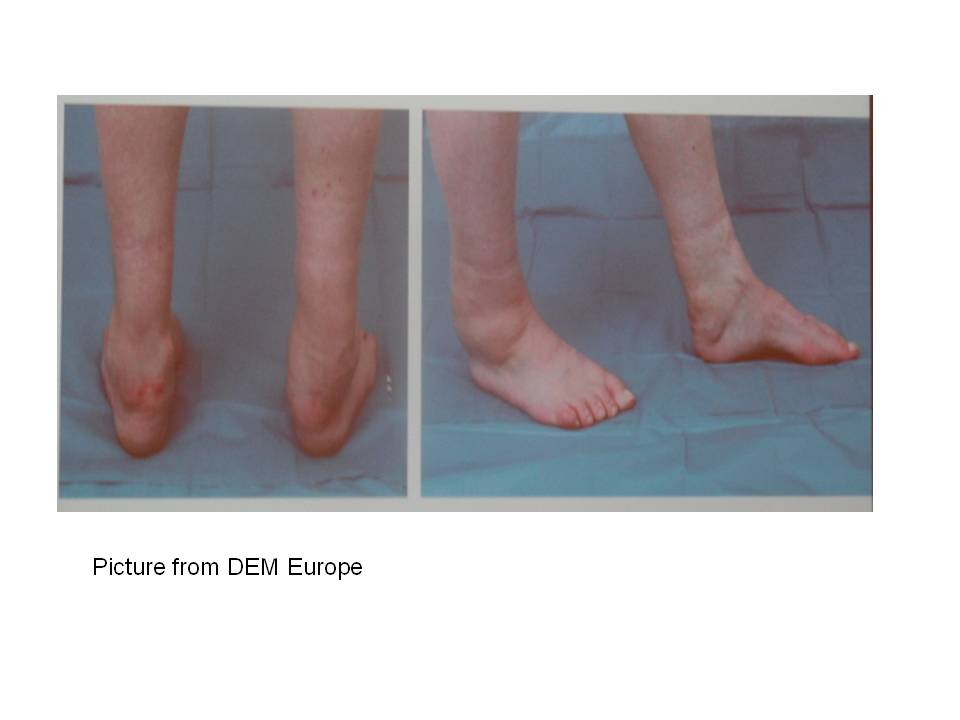A late discovery
Since she was a child Carmen was a different girl. When she was a baby her parents were very worried about her feeding because she had diarrhea very often. At school she had difficulty seeing the blackboard.

THE STORY CONTINUES
When Carmen turned 25, her family already knew that something was happening. It was customary to be warned after falling on the street with some frequency. She had difficulty walking and often lost her balance. By the age of 30 her legs were awkward and had begun to swell. Her character had changed and her family could not communicate well with her.
FINAL DIAGNOSIS: Cerebrotendinous Xanthomatosis
CASE ANALYSIS ERROR TYPE: Diagnostic Delay
HUMAN AND SYSTEM FACTORS: Cerebral tendinous Xanthomatosis is a rare disease but the initial diagnosis allows a very effective treatment by blocking the deposition of cholesterol and its metabolites in the tissues and in the brain with chenodeoxycholic acid.
Individual factors: A low prevalence and the presence of nonspecific symptoms such as diarrhea and delayed onset of peripheral and cerebral lesions, make early diagnosis difficult. However, in the presence of diarrhea sustained in a newborn and difficulties of vision by cataracts, this process must be included in the pediatric differential diagnosis.
System factors: implementation of a registry of affected persons, together with campaigns to increase awareness of this disease among pediatricians and internists would increase the chances of improving diagnosis.
“Cerebrotendinous Xanthomatosis: a disease that is present at birth but is diagnosed in adulthood.”


